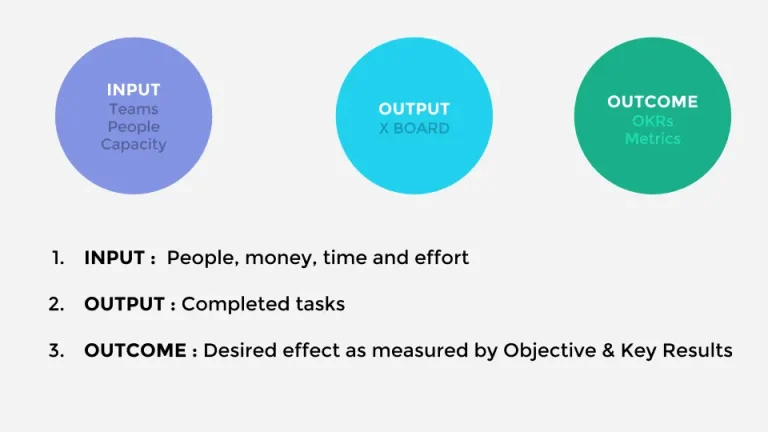8 Tips for a One-Person Communication Team
How to make your work more effective and rewarding when you’re flying solo
The internal communication teams for some large organizations are surprisingly just one-man or one-woman bands, like Mia Morris, who at age 17 advanced to the semifinals of “America’s Got Talent” in 2022.
During a high-energy performance, Morris played lead and bass guitars and drums to a rock song she had written.
“It was like a fantastic mess, but in a weird way that was good,” curmudgeon Simon Cowell said.
Solo communicators can relate. They’re often working their hearts outs, racing from assignment to assignment, for results that are less than perfect. We have eight tips on how one-person comm teams can make their work more effective and rewarding.
1. Create editorial guidelines. Especially when an organization has a single communicator, it’s crucial to have a written description of what makes a story newsworthy for your audiences, both internal and external.
Otherwise, you’re an order-taker with no principled way to tell an internal client why something isn’t a story. Your time is precious, even if your compensation isn’t commensurate with its scarcity.
Work with your manager and internal clients to create such a framework. Adapt the elements of newsworthiness that journalists use to your organization.
2. Where’s the story in a meeting? There are just too many meetings. A single communicator can’t change that.
But single communicators can change their approach to meetings. We often tune out when the discussion doesn’t directly affect communications, taking a moment to catch up on emails.
But good stories may not be on the meeting agenda. Instead, they may come from a question or an offhand comment. Reporters covering government meetings listen for those morsels.
3. Come early, stay after. Borrow another tip from journalists, who show up early to public meetings for a chance to talk to participants.
Sometimes the reporter has specific questions to ask, but usually it’s just a chance to chitchat. Sometimes the reporter wants to talk to someone who’s hard to get a hold of. Sound familiar?
For the same reasons, reporters also hang around after a meeting breaks up. To be successful, communicators need help from colleagues across the enterprise. That starts with coworkers knowing and liking the communicator.
“There’s no substitute for facetime,” PBS Newshour advises student journalists.
During video calls, side chats also can help establish connections, but be careful that those conversations don’t distract from the meeting, as health care administration professor Adam Copeland of the Mayo Clinic has warned.
4. Have coffee. Or matcha. If you’ve been in the comms role for a while, you have a sense of the folks likely to help you. Ask them for coffee or lunch. Most people like talking about their jobs. Use these conversations to build relationships for trust and respect.
If you make colleagues feel like you respect what they know, the colleagues in turn will respect and trust your ability to tell the story. The lessons that reporters have learned to develop sources are helpful to communicators looking to build connections within the organization.
5. Ask for volunteers. At every opportunity, ask people if they have a story. If it’s a good one, ask if they can help to tell it. Scratch out a summary email? Send data? Write a draft for you to edit (Maybe they’re frustrated writers)?
A single communicator can recruit volunteers the way Tom Sawyer persuaded other boys to help him whitewash Aunt Polly’s fence in one of the most famous scenes in American literature.
Sawyer “had discovered a great law of human action, without knowing it— namely, that in order to make a man or a boy covet a thing, it is only necessary to make the thing difficult to attain,” Mark Twain wrote. “If he had been a great and wise philosopher, like the writer of this book, he would now have comprehended that Work consists of whatever a body is obliged to do, and that Play consists of whatever a body is not obliged to do.”
A single communicator can follow this approach, but it requires the support of leadership. Positive reinforcement of those who contribute to internal comms is a basic step forward. Or recognize those helpers by adding bylines or contributing credits to internal comms stories. Another step is to create a multi-department committee that meets regularly to discuss story ideas.
6. Do Favors. For people who are proven helpers, offer to help them by editing an important presentation or memo. This is a way to establish your expertise. You’re the writing expert and most people are not.
Doing someone a favor creates a sense of indebtedness. But make this offer only to colleagues who will likely reciprocate or else you’ll be spending too much time doing other people’s work.
7. Think structure. For communication teams, we recommend using a story pitch memo as a way to keep everybody on the same page.
Single communicators often skip this step, thinking they’ll figure out the elements of the story as they report. But the memos also help focus the reporting.
The story memo should include a draft headline, first sentence and a short summary that answers the questions: Why should the audience care? What facts or interviews must you have to tell the story? What would be nice to have? What photo or graphic will tell the story?
8. One story at a time. Single communicators often feel overwhelmed working for organizations where the answer to any change is, “We’ve always done it this way.”
A single communicator can start to change that attitude with what we call brand journalism, using the same techniques that reporters and editors use, such as reporting, interviewing and storytelling.
Choose a story that’s important. What would make people read it, or watch it? When one story resonates with your audience, the positive feedback will propel you to another good story. (It may even help you make an argument for another writer.)
Mia’s story
Despite his misgivings, Cowell said he liked Morris’ performance but predicted the audience would not. He was right. Season 17 was won by The Mayyas, an all-female dance troupe based in crisis-ridden Lebanon.
Since the competition, Morris, based in Nashville, Tennessee, is trudging along, playing gigs and building a following on YouTube.
Internal communicators can appreciate her persistence.
Tom Corfman would have voted for The Mayyas too. He is a senior consultant with Ragan Consulting Group, which helps solo communicators expand their reach and boost their effectiveness.
Contact our client team to learn more about how we can help you with your communications. Follow RCG on LinkedIn and subscribe to our weekly newsletter here.







